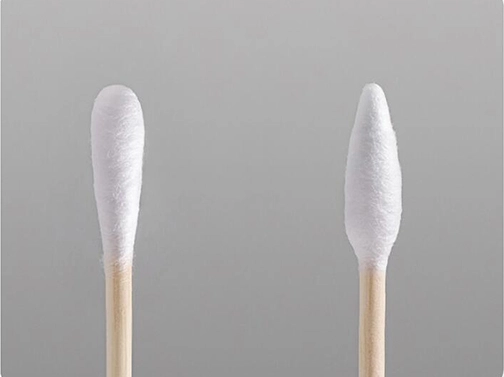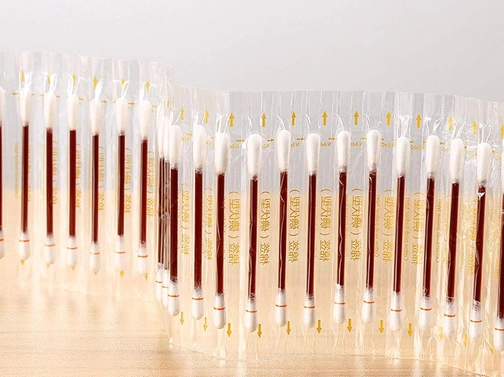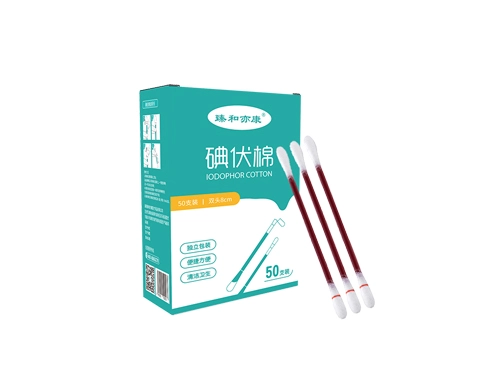Surgical cotton buds play an indispensable role in medical care, particularly in wound cleaning. Proper use of surgical cotton buds for wound cleaning not only effectively prevents infection but also promotes wound healing. This article will detail the correct techniques for cleaning wounds with surgical cotton buds, aiding healthcare professionals and patients in better wound care.
Before initiating wound cleaning, thorough preparation is essential. Choose surgical cotton buds with reliable quality and sterile packaging, ensuring they are soft, highly absorbent, and do not shed lint easily. Additionally, prepare suitable disinfectant or saline, along with any required ointments or dressings. Ensure the operating environment is clean and quiet to minimize external factors' impact on the wound.

The way surgical cotton buds are held directly affects the cleaning effectiveness. The correct method involves gently holding one end of the cotton bud, allowing the other end to conform to the wound's surface. Maintain moderate pressure when gripping to avoid deforming the cotton bud or causing it to detach. Additionally, ensure that the fingers holding the cotton bud are clean and sterile to prevent introducing bacteria into the wound.

Moisten the Cotton Bud: Moisten the surgical cotton bud with disinfectant or saline. A moistened cotton bud adheres better and can effectively remove dirt and bacteria from the wound's surface.
Gentle Wiping: Gently press the moistened cotton bud against the wound's surface, using circular or linear motions for gentle wiping. Avoid excessive force to prevent irritation or secondary damage to the wound. For deeper wounds, take care not to insert the cotton bud too deeply to avoid disrupting newly formed granulation tissue.
Change the Cotton Bud: After each wiping, replace the used cotton bud with a new one to avoid reintroducing absorbed dirt and bacteria into the wound.
Observe the Wound: During the cleaning process, closely observe any changes in the wound. If redness, increased pain, or an increase in discharge is observed, promptly notify healthcare professionals for further assessment.

After cleaning the wound, appropriate post-cleaning treatment should be applied based on the wound's condition. For dry wounds without discharge, applying a suitable amount of ointment or moisturizer can promote wound healing. For wounds with discharge, use appropriate dressings to maintain the wound's dryness and cleanliness. Additionally, remind patients to protect the wound to prevent re-injury or external contamination.
In addition, the following points should be noted when using surgical cotton buds to clean wounds:
Follow Aseptic Operation Principles: Maintain the sterile status of surgical cotton buds, disinfectants, saline, and other items throughout the entire cleaning process to prevent cross-contamination.
Personal Protective Measures: Healthcare professionals should wear gloves and other protective gear when cleaning wounds to reduce the risk of contaminating and infecting the wound.
Respect Patient Preferences: Before cleaning the wound, explain the purpose and process to the patient, respecting their wishes and feelings to ensure comfort and relaxation throughout the process.
In conclusion, correctly using surgical cotton buds to clean wounds is a crucial aspect of wound care. By mastering the correct techniques and considerations, we can enhance wound care, promote healing, and contribute to patients' recovery.